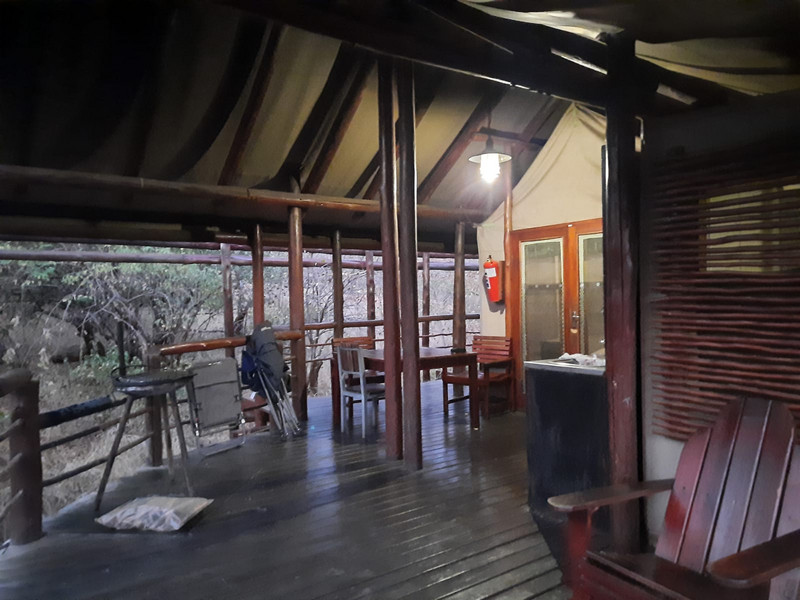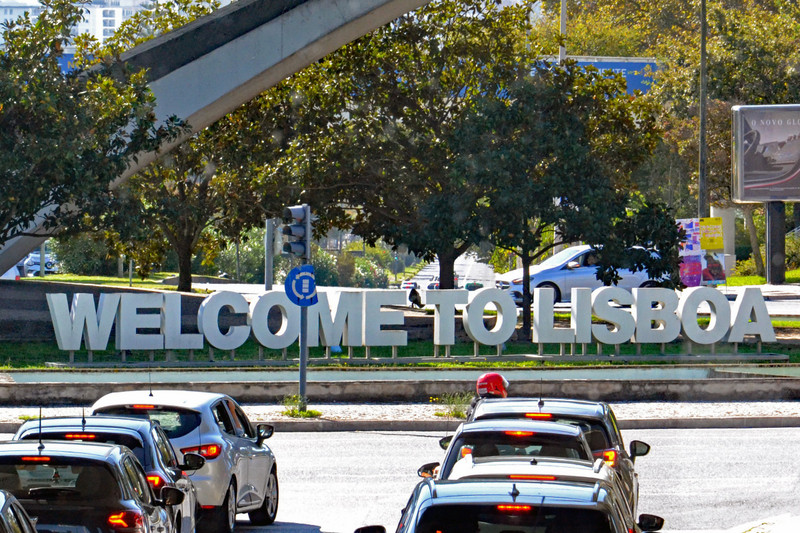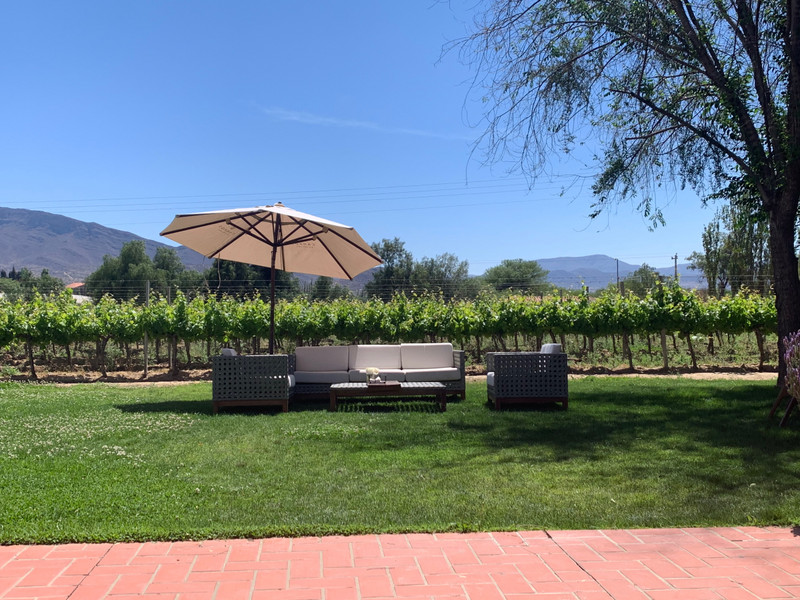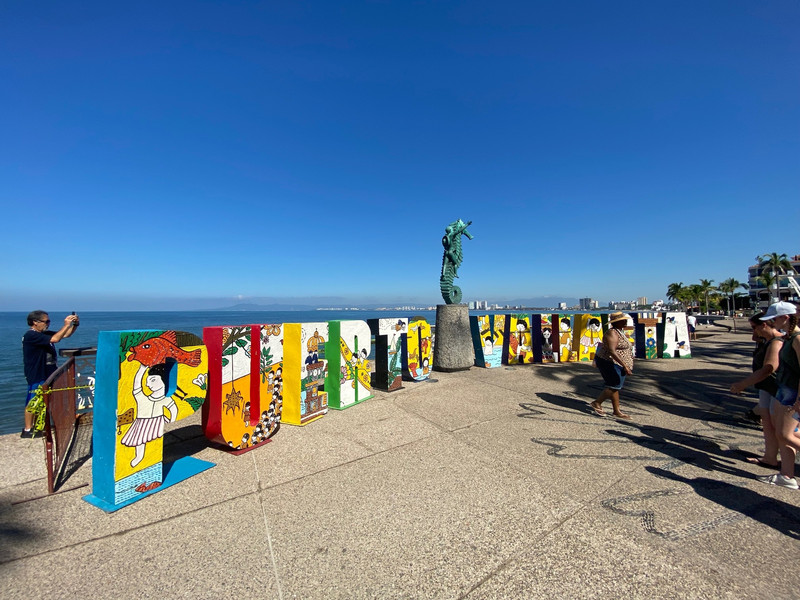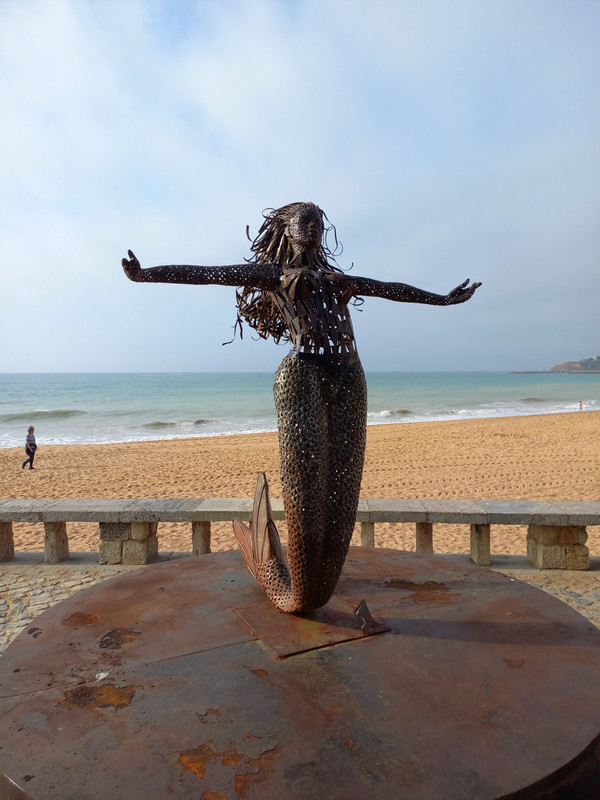Live in each season as it passes; breathe the air, drink the drink, taste the fruit, and resign yourself to the influence of the earth. – Henry David Thoreau
A splendid stay at Sirheni Bush Camp duly ended and, all that was left, was a slow drive up the R56 to Punda Maria, the final stop on this expedition through Kruger. The name Punda Maria is a little out of step with all other Kruger camp names which are based on local language interpretations. It has a distinct Portuguese flavour to it. Well, it turns out that a guy named Coetser was posted to that area way back in 1919 as the first ranger. He mistakenly named his post Punda Maria thinking this was the Swahili name for zebra (the first big game he saw on arrival). The correct name is actually punda milia or striped donkey. The error was pointed out to him but he chose to retain the name in honour of his wife, Maria. Attempts were made over many years to change it to Punda Milia but when confirmed that it about originally as Maria, the Board in 1981 left it as
it is today.The threads its way up into the northern most region of the park which is defined as Mopane dominated woodlands on mixed soils. The topography of this region shows marked changes from the central and southern areas. Small hills dot the landscape and the mopane trees obviously relish the soil and conditions, as they are much larger than their cousins further back. There is always something happening up ahead and at one point we had to stop for the better part of five minutes to allow a very large breeding herd of buffalo to cross the road.
Punda Maria was originally a game rangers quarters and it was only in 1933 that it was established as a tourist camp. This explains the oldish appearance of all the buildings and there are very few chalets. What is on offer are rooms in a number of large single structures and the occupants have to share braai/dining area bathroom facilities. Fortunately, we were booked into a very good tented safari unit (only seven of them). Anyone planning a stop at this camp, must do everything possible to book one of the tented units.
A real bonus of this camp is a 25km loop road which circles the hills behind and it proved very productive for game viewing. The scenery, as the road wends its way through forested ravines nestled between hillsides and over a few stream crossings, is superb and the golden sunlight of late afternoon was breath taking. On two occasions on this drive, we had a very good sighting of a magnificent, fully grown leopard chilling on a small rocky outcrop. Judging by the large number of impala and nyala seen, there was no chance that this leopard would go hungry.
A short drive to Pafuri along the provided splendid open bushveld and game was abundant. Ever Sue had identified a picnic site looking on to the Luvuvho river and it won the best picnic site award by a country mile. Situated under huge trees of every type, the view onto the river was superb. This area is renowned for spotting the Pels Fishing Owl, but despite scanning the trees extensively, this unique owl was not to be seen. When chatting
to the picnic site manager, he said they were not really seen until February when the river flowed strongly. Another from him was the prevalence of tiger fish in this river. Needless to say, our final breakfast in this beautiful spot, will linger in the memory bank for a long time (or at the very least, until we do a follow up visit).To add intrigue to this area is a rather shady place named Crooks Corner. It is very close to the picnic site and the parking area looks onto the Limpopo River. Mozambique is on the other side and not too far further north is Zimbabwe. So, three countries meet and once upon a time provided the ideal haven for those skelms trying to evade the law. Think gun runners, ivory poachers and other outlaws. When the feds caught up, all these dudes had to do was hop across the border.
